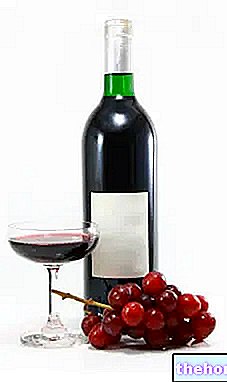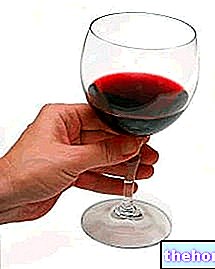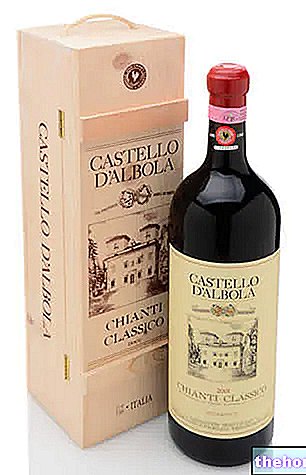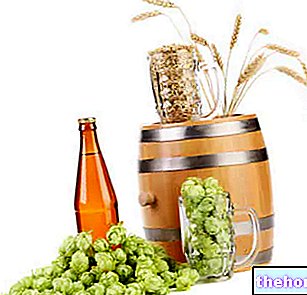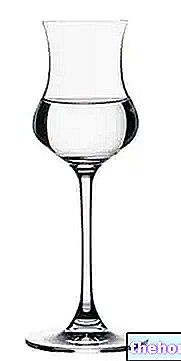and white have different health benefits. The wine is made from fermented grape juice. The grapes are harvested, crushed and placed in buckets or vats to ferment. The fermentation process transforms the natural sugars of the grape juice into alcohol. Fermentation can happen naturally, but winemakers sometimes add yeast to help control the process.
The pressed grapes are passed through a press, which removes the skins and other sediments. Whether this step is done before or after fermentation, together with the color of the grape, determines whether the wine becomes red or white. To make white wine, grapes are pressed before fermentation. Red wine is usually pressed after fermentation. Red wine White wine Calories 125 121 Carbohydrates 4 grams 4 grams Sugars 1 gram 1 gram Manganese 10% of the RDI 9% of the RDI Potassium 5% of the RDI 3% of the RDI Magnesium 4% of the RDI 4% of the RDI Vitamin B6 4% of the RDI 4% of the RDI Iron 4% of the RDI 2% of the RDI Riboflavin 3% of the RDI 1% of the RDI Phosphorus 3% of the RDI 3% of the RDI Niacin 2% of the RDI 1% of the RDI Calcium, vitamin K, zinc 1% of the RDI 1% of the RDI
: More than 100 studies have shown that moderate alcohol consumption is linked to a 25-40% reduction in heart disease risk. Reduction of the risk of stroke. Better Cholesterol Levels: Even moderate amounts of alcohol seem to improve cholesterol levels. Reduced risk of neurodegenerative diseases: limited quantities of wine in the diet lead to lower risks of developing neurodegenerative diseases, such as Alzheimer's and Parkinson's. Reduction of the risk of osteoarthritis. . In part, this may be because wine contains compounds that have both antioxidant and anti-inflammatory effects. These help reduce the risk of heart disease.
Red wine can help reduce bad cholesterol and raise "good" HDL cholesterol, which is linked to lower rates of heart disease.Helps with diabetes: increases insulin sensitivity. In animal studies, resveratrol prevented the complications of diabetes; It counteracts cellular aging and fights free radicals.
Other Alcoholic Alchermes Alcohol test Alcopops Cocktail Alcoholic Alcoholic units calculation Cognac Gin Grappa Alcoholic degree Grappa Limoncino Maraschino Marsala Nocino Prosecco Rum Rum Sherry Sparkling wine Spirits Wine Port wine Vermouth Vodka Vov Whiskey Categories Alcoholic foods Meat Cereals and derivatives Sweeteners Sweets Offal Dried fruit Milk and derivatives Legumes Oils and fats Fish and fishery products Cold cuts Spices Vegetables Health recipes Appetizers Bread, Pizza and Brioche First courses Second courses Vegetables and salads Sweets and desserts Ice creams and sorbets Syrups, liqueurs and grappas Basic preparations ---- In the kitchen with Leftovers Carnival recipes Christmas recipes Light diet recipes Women's, mom's and dad's day recipes Functional recipes International recipes Easter recipes Celiac recipes Diabetic recipes Holiday recipes Valentine's Day recipes Vegetarian recipes Protein recipes Regional recipes Vegan recipes
Tags:
medicinal-herbs sport-and-health posture
The pressed grapes are passed through a press, which removes the skins and other sediments. Whether this step is done before or after fermentation, together with the color of the grape, determines whether the wine becomes red or white. To make white wine, grapes are pressed before fermentation. Red wine is usually pressed after fermentation.
It should be noted that alcohol consumption should never be promoted as a way to improve health, as harmful effects can occur when the recommended dose is exceeded. The beneficial effects of a limited quantity of wine introduced in the diet could be nullified and, on the contrary, involve health risks.
and resveratrol. White wine also has some of these beneficial plant compounds, but generally in much lower quantities.
between white and red wine referring to a 150 ml glass. Overall, red wine has a slight advantage over white because it has higher amounts of some vitamins and some minerals. However, white wine is less caloric.
Red wine can help reduce bad cholesterol and raise "good" HDL cholesterol, which is linked to lower rates of heart disease.
Its - limited - consumption can slow down age-related brain decline. This may be partly due to the antioxidant and anti-inflammatory activity of resveratrol, a compound similar to the antioxidants in red wine. Resveratrol appears to prevent the formation of protein particles called beta-amyloids that play a key role in the formation of plaques in the brain, a hallmark of Alzheimer's disease.
: prevents damage to cartilage;
